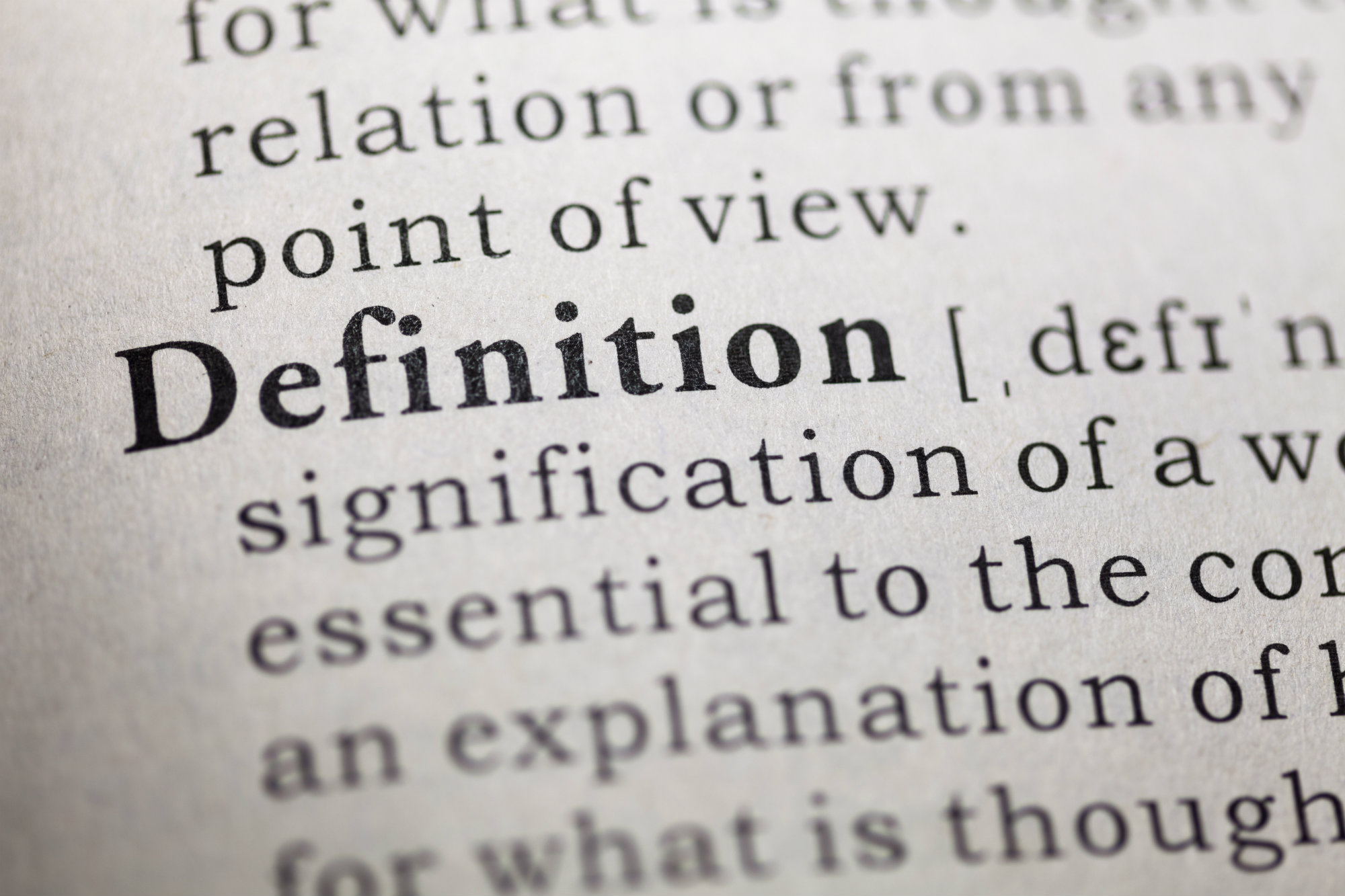Water Safety USA is working to create a standardized definition of the term “water competence.”
According to the text “From Swimming Skill to Water Competence: Towards a More Inclusive Drowning Prevention Future,” published in the International Journal of Aquatic Research and Education, the term was first introduced in the mid 1990s. And since then it has come to mean many things to many different organizations.
Some agencies believe the term refers to a qualification for becoming a lifeguard or swimming instructor, while others see it as a measure of one’s swimming ability. Still others believe the term refers to a person’s level of water chemistry knowledge, said Juliene Hefter, executive director of the Association of Aquatic Professionals.
“What we’re finding in aquatics is that a lot of [the terms we use fall into a] gray area,” said Hefter. That’s because terms will be used uniformly throughout the industry for a time, and then new research is done on the subject and the definition changes, she said.
Recognizing a need for a cohesive definition for the term, Water Safety USA, a consortium of 14 national governmental and non-governmental organizations that provide drowning prevention and water safety programs, has taken on the task.
“This is an issue that has been grappled with not only in the U.S., but internationally, for a number of years,” said B. Chris Brewster, Water Safety USA moderator. “It’s proven to be a very tough nut to crack on the international level, because conditions and circumstances vary so much in different countries.”
So, when WSUSA members recently met, they discussed the issue at length and decided to develop some basic water competency guidelines for the U.S., he said.
The organization sees a direct connection between defining water competency and improving water safety. If parents are confused about the swimming standards their children should meet, it will be more difficult for them to select the right swim school curriculum, proponents believe. And when people are confused they may throw their hands up and not follow any of the guidance, or they may wind up following guidance that isn’t accurate, Brewster said. And a lack of swimming knowledge will more than likely result in higher rates of drowning and other water-related accidents.
Members of Water Safety USA intend to present a definition by next fall. However, Brewster believes that “in the broadest sense of it, the concept of water competency has to do with being able to self-rescue…being able to swim some minimum distance so that you are less likely to experience drowning.”
There needs to be a consensus about the definition of water competency in addition to benchmarks and standards that would indicate water competency, he said.
Once WSUSA offers its guidelines, Brewster anticipates a trickle-down effect. The organizations comprising WSUSA will make the new definition and criteria a part of their own training and standards. Then other organizations that are not at the WSUSA table are likely to want to be consistent with the national guidance, he said.



